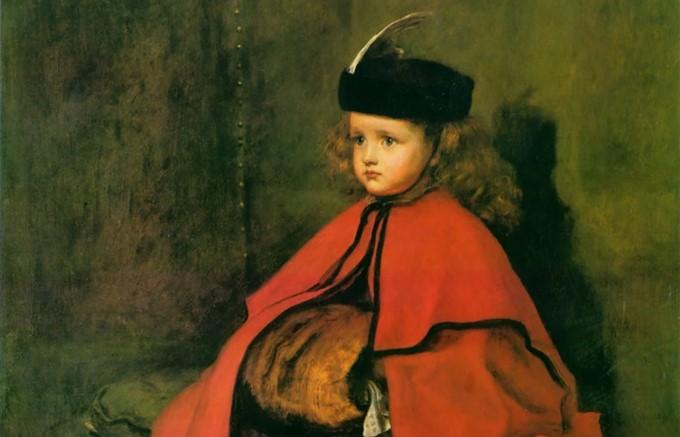Brits of the Victorian age went to church. They also brought their children to church so they could listen to inspiring sermons. Very much a part of his age, artist John Everett Millais (1829–1896) and his family attended church services.
In 1863, he brought his 5-year-old daughter Effie to her first church service. Artist that he was, he captured this in his painting “My First Sermon,” which met with great success. His son, John Guille Millais, noted: “This little picture of Effie was extremely popular.”






